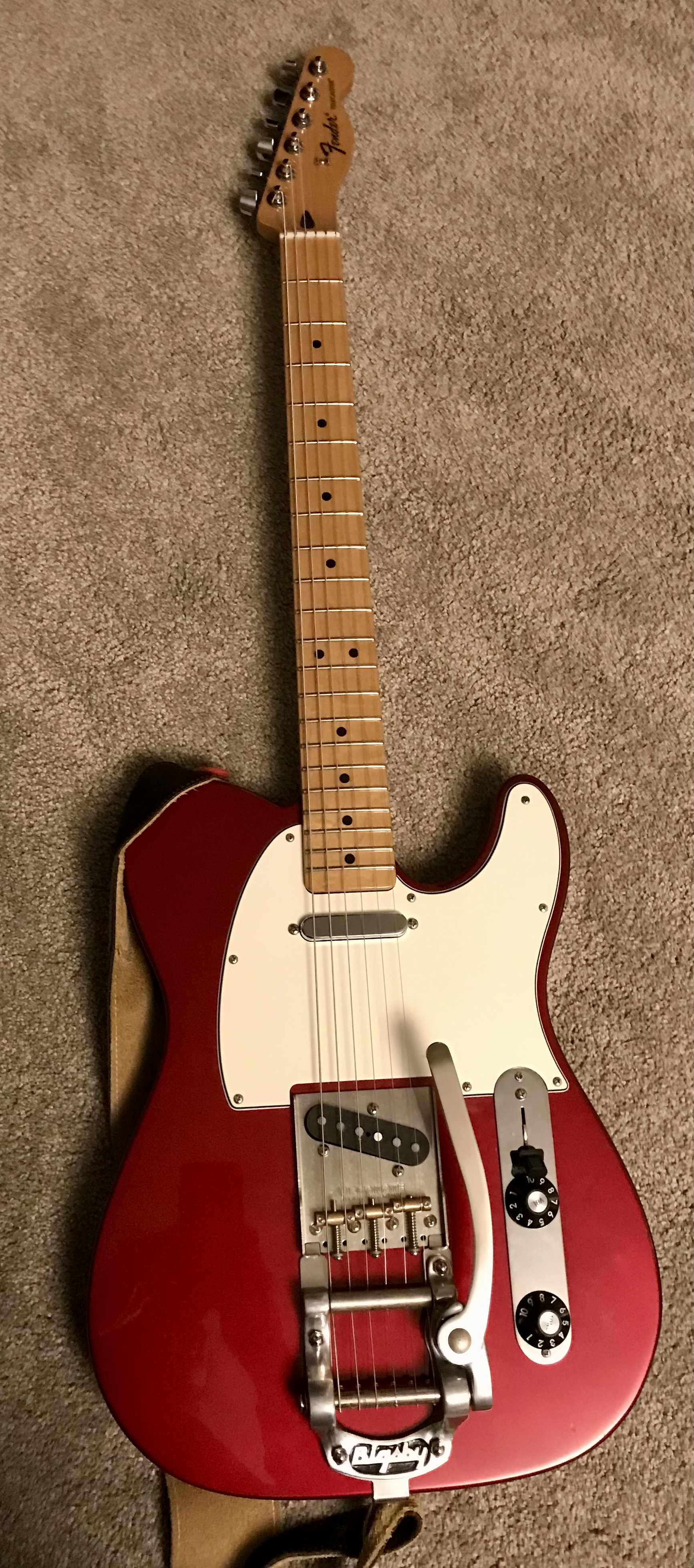Howdy, Stranger!
It looks like you're new here. If you want to get involved, click one of these buttons!
Categories
- 241.5K All Categories
- 22 >> Start Here <<
- 12 New Members
- 8 FAQs
- 86.6K Gear
- 39.5K Guitar
- 3.4K Acoustics
- 1.3K Bass
- 14.6K Amps
- 17.2K FX
- 267 Digital & Modelling
- 765 Other Instruments
- 8.3K Making & Modding
- 421 Gear Reviews
- 107 Guitar Reviews
- 73 Amp Reviews
- 119 FX Reviews
- 87 Other Reviews
- 748 Made in the UK
- 974 Theory
- 1.8K Technique
- 2.1K Live
- 3.2K Studio & Recording
- 2.1K Making Music
- 218 Events
- 15 Guitar Show 2018
- 830 Plug My Stuff
- 105.1K Classifieds
- 41.1K Guitars £
- 2.8K Acoustics £
- 138 LH Guitars £
- 898 Basses £
- 10.5K Parts £
- 18.3K Amps £
- 34.1K FX £
- 2.8K Studio & Rec £
- 6.1K Misc £
- 465 Personnel
- 54.7K Chat
- 36.5K Off Topic
- 1.1K Tributes
- 6.6K Music
In this Discussion
Become a Subscriber!
Subscribe to our Patreon, and get image uploads with no ads on the site!
Robin Wood Amps?
 Acdeezee86
Frets: 28
Acdeezee86
Frets: 28
Anyone had any experiences with Robin Wood Amps? They seem to specialise in upcycled versions of classic amps: https://www.robinwoodamps.co.uk/ - just from the images they look solid and very sensibly priced!
I've seen a few posts here and there, but would love to hear any other views.
I've seen a few posts here and there, but would love to hear any other views.
0 LOL 2
LOL 2 Wow! 0
Wow! 0 Wisdom
Wisdom
 LOL 2
LOL 2 Wow! 0
Wow! 0 Wisdom
Wisdom Base theme by DesignModo & ported to Powered by Vanilla by Chris Ireland, modified by the "theFB" team.


Comments
Ebay mark7777_1
just because you do, doesn't mean you should.
“Feared by the bad, loved by the good…!”
just because you do, doesn't mean you should.
Just to add that in an email exchange he did ask whether I was ok with reclaimed transformers, valves and speakers, which I suppose means that new ones are an option.
In a valve amp where there's high voltages everywhere, it's a potentially (sic) misleading to insulate the mains-side connections and think 'job done'.
Comms during the build were great; he gave me sporadic updates, and occasionally asked about design choices. The reclaimed wood cabinetry that I chose for him to use (he gave me a bunch of options) has a unique look that I really dig and I was pleased with his work. Would happily work with him again. Particularly if I wanted an old Champ or Princeton circuit, this would be the way I would do it.
I'm mostly concerned by the false sense of security given by an inconsistent approach to HV insulation.
If nothing else, even if you've turned off the wall socket - but not pulled the plug, which may be intentional so the amp remains earthed - the neutral is still normally connected (mains socket switches are single pole), and if you touch that it can be enough to trip the RCD in the distribution box, which is quite annoying when your bench light and the computer you're using for circuit diagrams and playing background music are all on the same circuit.
(NB, I was never in the scouts...)
"Take these three items, some WD-40, a vise grip, and a roll of duct tape. Any man worth his salt can fix almost any problem with this stuff alone." - Walt Kowalski
"Only two things are infinite - the universe, and human stupidity. And I'm not sure about the universe." - Albert Einstein
FWIW he told me that he'd actually had fewer problems with the used transformers than the new ones!
I do suspect it's worth going with new speakers, though- if you're after a specific vintage circuit it makes sense to go with the speaker it's "meant" to be used with to get it to sound "right".
That looks very like mine! Except yours is probably a little bigger. Awesome. I suspect you're why he now offers the Harvard... and probably the brown panel Princeton, too.
I'd totally work with him again too, I just haven't got round to it (I'd need to see if he could fit VVR, even the Princeton is pretty loud!). I agree with you about the circuits, and it's pretty much what he says too- it's a great way to get to try a classic circuit to see if you like it without having to spend thousands. Quite a lot of these classic circuits aren't even available new from most manufacturers, so unless you live close to a shop which stocks some very specific boutique manufacturers' amps, it's hard to even get to try the things...